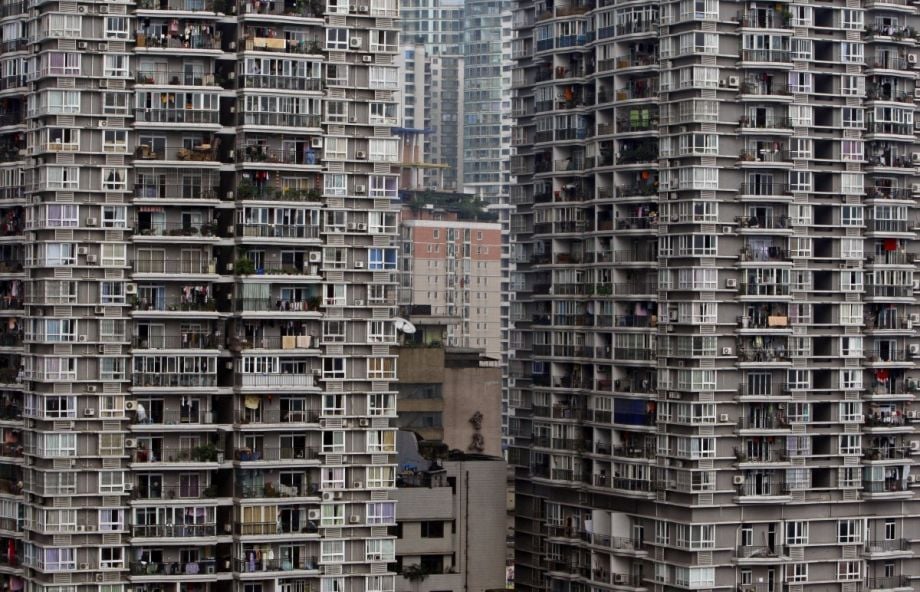After decades of rapid urbanization, China is taking a step back and thinking more critically about the future of its booming cities. The country’s urban policy unit recently met for the first time in 38 years to craft a set of guidelines for future development.
According to City Metric, since the Central Urban Work Conference last met in 1978, China’s urban population has jumped from under 20 percent to 57 percent. That boom’s largely due to cities building hundreds of new sub-cities and towns, leading to sprawling urban areas that are difficult to navigate without a car. These cities were often thrown up fast and with little attention to sustainability; the average life span of a building in China is only 25 to 30 years. (By comparison, the average lifespan of a U.S. building is 74 years, and in the U.K. it’s 132 years.)
“The breakneck speed of urbanization during this era often outpaced quality planning,” say the authors of the City Metric article, “and China gradually became a land of single-use, car-dependent, Soviet-style superblocks.”
The new guidelines (posted in full in Chinese here; a summary in English is available here) released Feb. 21 are aimed at refocusing China’s urban areas from building as fast as possible to revitalizing existing spaces into sustainable, dynamic communities.
Key recommendations in the guidelines include:
1. Denser street networks and narrow roads
2. Historical preservation
3. Expanded public transportation networks
4. Increased public and green space
5. More energy-efficient and high-quality construction
6. Enforcing urban growth boundaries and reducing sprawl
The focus on sustainable development is in line with the country’s recently released five-year economic plan. The Diplomat reports that China aims to double its 2010 GDP and per capita income levels by 2020, primarily through new innovation and technological advances. Premier Li Keqiang’s government work report released Saturday outlined a number of policies, including tax incentives for high-tech firms and encouraging alternative methods for funding startups, including crowdsourcing, angel investors and venture capital, aimed at driving innovation.
The country’s 13th five-year plan, which covers the period from 2016-2020, also puts a focus on green development — particularly in the country’s largest cities. Li said he wants the country’s major cities to have “good or excellent” air quality for 80 percent of the year. And a few of the $800 billion renminbi ($122.7 billion U.S.) worth of major projects Li mentioned include projects that could reduce carbon emissions, such as hydropower, smart grids and urban rail transit.
However, The Diplomat argues that the environment still is by no means China’s top priority: “While China is saying all the right things about its environment — promising to cut emissions from coal use, increase the use of renewable energy, and punish polluters — the environment is not given as much emphasis as other areas of focus.”
Kelsey E. Thomas is a writer and editor based in the most upper-left corner of the country. She writes about urban policy, equitable development and the outdoors (but also about nearly everything else) with a focus on solutions-oriented journalism. She is a former associate editor and current contributing editor at Next City.











